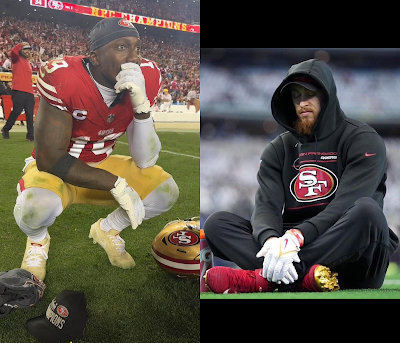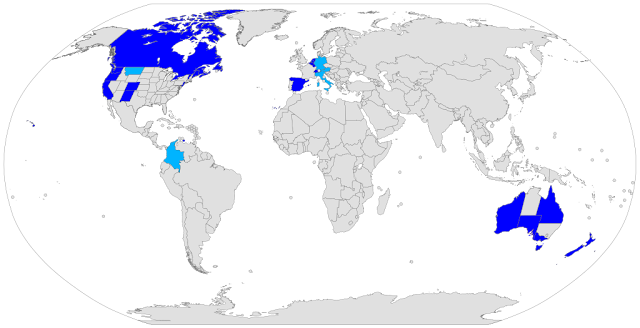Mental training, Visualization, Meditation
Meditation, mental training and visualization is a powerful tool that can improve our ability to learn and perform anything, from music to mathematics to sports.
Before and after the NFC Championship Game 2023 these two photos had been made. I am pretty sure that Deebo Samuel and George Kittle both did any kind of meditation or visualization.
You're likely familiar with the phrase, "Seeing is believing." This phrase encapsulates the principle behind a useful mental exercise known as visualization, employed not only by daydreamers but top athletes such as Muhammed Ali, Michael Phelps, Katie Ledecky, and successful celebrities and entrepreneurs.
You too can harness the power of visualization to achieve your objectives.
So, what is it?
In essence, visualization involves forming mental pictures of your desires. Envisioning yourself in various situations as a form of rehearsal, it entails shutting your eyes and not only "visualizing" achievement of your ambitions but also "feeling" it.
What advantages does it / they offer?
Research supports several advantages of visualization. When correctly carried out, consistent visualization can:
- Elevate self-assurance
- Alleviate anxiety
- Improve performance
- Heighten motivation
- Encourage healthier habits, like increased fruit intake
- Increase muscle power
- Diminish pain
- Reduce stress
- Speed up recovery
- Enhance prospective memory — remembering future tasks
- Foster creativity
- Elevate mood
- Clear your mind
- Help clarify your desires.
My Takeaways and conclusions are ...
- Mental exercise and visualization exploit neuroplasticity to boost our capacity to learn and perform tasks. This requires minimum time and can be customized to tackle specific obstacles, aiding the authentic performance and memory retention of skills in our mind and body.
- Our brains can adapt and learn novel concepts through two versions of neuroplasticity: developmental plasticity and mature neuroplasticity. We can deliberately guide our brain's connections through concentrated focus and adequate sleep, allowing for accelerated learning.
- Mental exercise and visualization can amplify cognitive and physical performance by altering the strength of the neural associations in the brain, as demonstrated by neuroimaging investigations. Utilizing the power of neuroplasticity can result in increased learning efficiency and consistency.
- Integrate mental exercise with real world experiences to optimize its effectiveness, and refrain from relying solely on it as a substitute for physical or cognitive training. Apply cognitive labels during visualization to enhance object recognition.






your comments are welcome. tell me your views or hints.
ReplyDelete